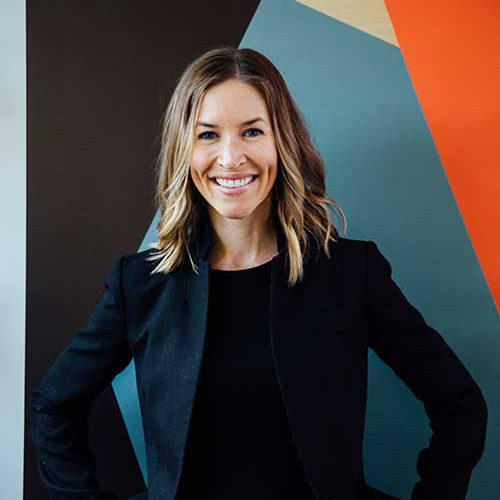Our world has been turned upside down over the past several weeks. Sporting events and concerts have been cancelled, families are homeschooling their children, restaurants are now offering take-out only and a previously unknown term, “social distancing,” has become common lingo. What is social distancing though? Why does it matter and how can we do it properly?
First, social distancing (probably better termed physical distancing) refers to increasing the physical distance between people to avoid the spread of disease. Because SARS-CoV-2 is spread via droplets (think cough, sneeze, flying spit) or direct contact, six feet between individuals is recommended as a safe distance to prevent spread of the infection. For example, there should be enough space between two people conversing so that if arms were extended their fingers would not touch. It DOES NOT mean to limit socializing. During difficult times such as this current pandemic, communication is of utmost importance for mental health and connectivity. Phone calls, FaceTime and social media are the best forms of communication as we focus on expanding physical distance.
We know that this virus spreads rapidly in densely populated places. We have seen this happen in NYC, Louisiana and Washington from subway use, Mardi Gras and nursing homes, respectively. Social distancing aims to decrease the number of people who become infected by a single sick individual by creating physical distance. A sharp increase over days or weeks in the number of people seriously ill with COVID-19 could overwhelm the capacity of our hospital systems. Hospitals already have limited supplies of masks, gowns, medications and testing kits. However, increased disease burden in a community can also create shortages of hospital beds, doctors, nurses, and ventilators. Social distancing helps slow the rate of spread, allowing our hospitals and healthcare providers to keep up with demands of the ill. This concept is referred to as “flattening the curve.”
You may have heard the virus mostly affects the elderly. While that population is more severely affected as a whole, we are also seeing younger patients succumb to the disease. We don’t know why that is and it is foolhardy to think you are in the clear because of age. It could be you on a ventilator and likely will be your grandmother if she contracts COVID-19. You do not have to have symptoms to spread this novel coronavirus, which is possibly why we are currently in such a devastating pandemic. Asymptomatic adults (and children) are socializing in close proximity unknowingly spreading the disease.
For your grandparents, for those with asthma/COPD, for those with cancer, for those with diabetes, for those with autoimmune disease, for those with heart disease, for my husband an emergency physician and for my friends who are hospitalists and critical care physicians, I ask that you practice social distancing. By not doing so, you are putting someone you know at risk, as we all know someone who fits in one of the above categories. You can practice social distancing by working from home instead of at an office and visiting loved ones virtually instead of in person. Do not let your children play with the neighbors’ kids. Do not run/bike/walk with those outside your home.
Stay connected but keep physical distance. Get outdoors for some fresh air. Exercise. Limit your daily intake of news. Pray. This is hard but this is real. We can save lives if we are all in it together.
Please make sure you are also receiving your news from reputable sources such as WHO or CDC. There is a lot of false information available. Know the facts.
